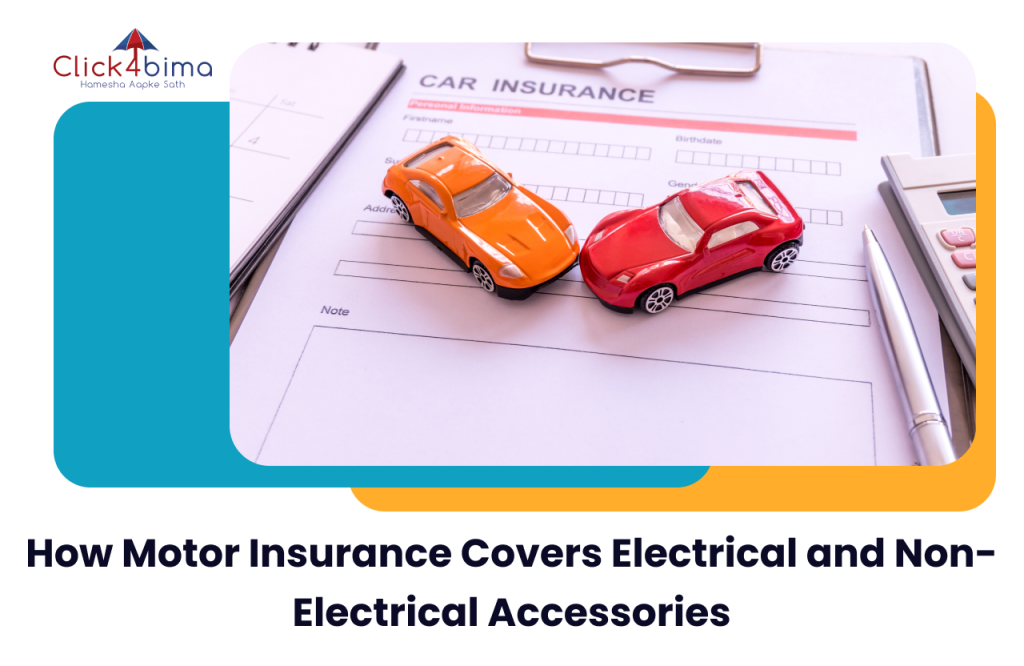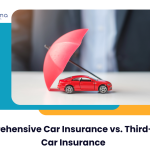Motor insurance provides coverage for your car in the event of a crash, fire, or theft, and it also covers electrical and non-electrical accessories fitted to your vehicle. Understanding how accessories are covered will help you to utilize the benefits of the insurance policy in the best possible way, and also help maintain a good level of coverage for these parts of your vehicle.
1. Electrical and Non-Electrical Accessories:
Electrical Accessories: This refers to any add-on electronic parts fitted to the vehicle, such as audio systems, GPS navigation systems, LED lights, or an alarm system.
Non-Electrical Accessories: Non-electrical accessories are fittings or modifications that change how the vehicle operates, or change how the vehicle looks, but do not contain electronics. This can include alloy wheels, seat covers, spoilers, and roof racks.
2. What is Covered:
Comprehensive Insurance Policy: Generally, and dependent on the policy language, Comprehensive Motor Insurance Policies will provide coverage for the vehicle, as well as accessories and customizations, against physical damage that could arise from accidents, theft, natural disasters, or vandalism.
Electrical Accessories: Coverage of electrical accessories, like all vehicle components, applies to the cost to repair or replace accessories if they are damaged by a covered cause (such as a crash, theft, or fire).
Non-Electrical Accessories: Coverage of non-electrical accessories, like all parts of the vehicle, applies to your cost for replacing these items in case of a covered cause.
For Example: If your car has aftermarket alloy wheels, and they are stolen, if you have Comprehensive Motor Insurance, the coverage should provide you with replacement costs as to either the market cost of the wheels as of today or the (Insured Declared Value) IDV of the vehicle, depending on the terms of language in your insurance policy.
3. Importance of Declaring Accessories: When you’re buying or renewing your motor insurance, it’s essential to declare every accessory fitted to your vehicle, whether it’s electrical or non-electrical. Doing so ensures these extras are covered under the policy, so in the event of a claim, you’ll be compensated properly for them.
How this affects your premium: Declaring accessories might slightly increase your insurance premium, depending on the type and value of the items. But this means you’re fully covered and can avoid any issues when it’s time to settle a claim. For example, suppose you fail to declare a pricey audio system and it gets damaged in an accident. In that case, your insurer may only compensate you based on the standard vehicle’s IDV, leaving you underinsured.
4. Exclusions and Limitations: It’s important to carefully review the terms of your policy, especially regarding limits on coverage, deductibles, and any exclusions related to accessories. Some policies may cap the value of accessories that can be covered, or set conditions on how claims for them are handled.
Keep in mind that while insurance covers damage from accidents or theft, it typically won’t cover routine wear and tear, or any damage caused by poor maintenance of the accessories.
In short, vehicle insurance is important in that it is not only held for your car but also for the electrical and non-electrical accessories that are placed on it. With these gadgets already being also proclaimed a comprehensive insurance policy, you verify they’re being covered against various perils like accidents and theft. Acquaintance with the coverage details and the policy terms is key in not only insurance claim optimization but also witchcraft automobile investments wisely.


